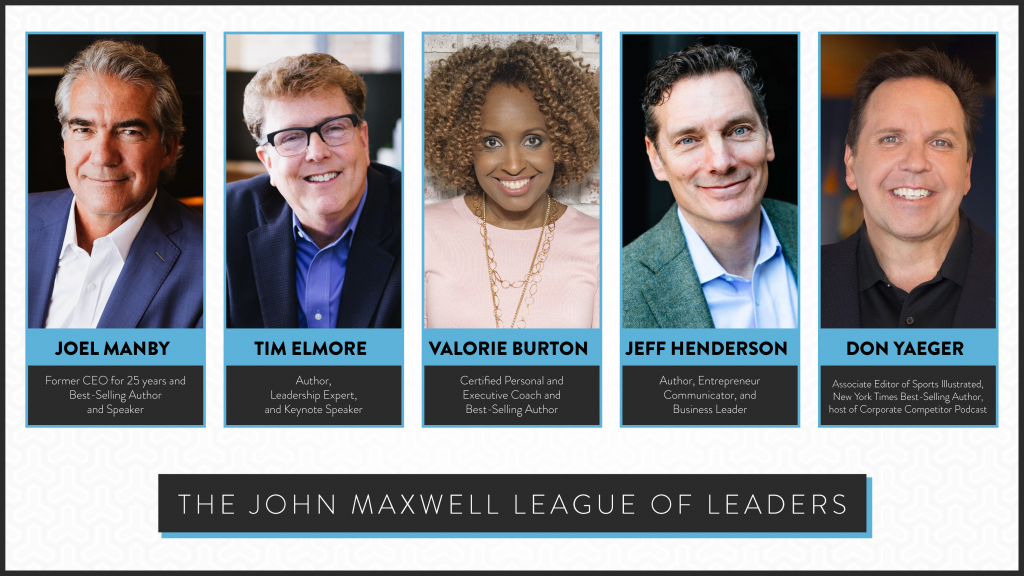From Idea to Impact: 6 Steps for Preparing Content for Public Speaking

In January 1996, Bill Gates wrote an essay about the future of the Internet. The title of his piece was “Content is King.” He believed the fledgling online world of the 90’s and 00’s would take a path similar to the one that broadcast media had up to that point, where the people who created content would be the influencers, not the technologists. Now, more than 25 years later, his prediction has proven true, and his statement about content has been repeated thousands of times by content creators, executives, marketers, and media moguls.
And in his short prediction, Gates summarized one of the greatest struggles that today’s public speakers face.
Every day, people are being bombarded by thousands of messages. Even in an event hall, speakers are vying for listeners’ attention. In a world where you can instantly access content on virtually any subject, how can you make your message stand out? How will you get their attention and hold it long enough to positively impact them? You develop it. And here’s the good news: when you have something worth saying, people start listening.
The Public Speaking Preparation Process
A message is like a puzzle. Your goal is to craft it so that your audience can put the pieces together. To do that, follow these 6 steps:
1. START WITH YOUR AUDIENCE.
As you prepare a message for public speaking, always start with finding out who your audience is and considering your subject from their point of view. Who are you speaking to? What motivates them? And what do they need to know by the time you’re done with your speech? When you don’t know your audience or don’t craft your content to fit them, you’re in danger of losing them.
Author Nancy Duarte aptly summarized the need for a speaker to know their audience: “The audience is the hero who will determine the outcome of your idea, so it’s important to know them fully. Jump into the shoes of your audience and look carefully at their lives.”
2. STAY IN YOUR STRENGTH ZONES.
When you know who your audience is, you begin to get a sense of what they need. What will you try to give them? The danger is trying to give them something they need that you don’t have. That is a recipe for disaster as a speaker. Stay in your strength zone.
What are your strength zones? What do you do best? Where do you possess great skill and natural ability? Where do you demonstrate strong intuition? How have you been best able to help people and add value to them? These are the places you are effective and can be effective with others. The successes of your past will give credibility to your words.
3. DEVELOP YOUR THESIS.
Robert Frost said, “Half the world is composed of people who have something to say and can’t, and the other half who have nothing to say and keep on saying it.” To help you avoid either fate, you need to develop a thesis for your message.
Your thesis is the main thought, expressed in a single statement, that contains the essence of your message. Every time you intend to communicate through writing or public speaking, you should identify your thesis. The hardest people to follow are speakers who are searching for their core idea as they deliver their message. If you don’t know what your main point is, how will anyone else?
By the time you’re done writing your message, you should be able to summarize it completely and succinctly.
4. DO YOUR RESEARCH.
Look for stories, quotes, thoughts, ideas, and illustrations that support your thesis. The internet, of course, is an invaluable research tool, but there is such a thing as information overload – not every relevant story, quote, etc., is helpful to the talk you’re working on, or even fits with your speaking style. One of the crucial keys of research is not finding material, but finding the right material.
But if you come across material that might be useful in the future, log it away. Always be on the lookout for great material that fits your values and public speaking style. Capture and record that material using whatever organizational system works for you. Your content will only be as good as your research.
5. WRITE YOUR OUTLINE.
The outline functions as the bones of your speech – a good outline makes your message solid and holds it together.As a reader, you can scroll down and get an overview of this blog post to see if it’s got the kind of insights you’re looking for. But as a public speaker, your listeners can’t preview your speech. You need to make the outline especially easy for them to listen to and follow along. Don’t make it a set of unrelated points. Make it memorable. A good outline can stand alone, and it has flow. A great outline has a hook that holds the whole thing together and creates a sense of anticipation in listeners that not only makes them think they know where you’re going, but also provides a few surprises in ideas or phrasing along the way.
6. PUT THE BODY ON THE BONES.
Now that you have a thesis, supporting research, and an outline, it’s time to turn them into a speech.
As you prepare your talk, keep in mind the different ways that your audience will relate to it. In The Experience Economy, B. Joseph Pine II and James H. Gilmore outline four different ways that audiences relate to experiences:
- Entertainment – participants are passively absorbed in the experience (like watching a concert or reading a book). The goal for the participant is to sense. Where is the emotion in your content?
- Education – they are actively absorbing the experience with their mind, body, or both (like learning in a classroom). The goal is to learn. Where is the teaching in your content?
- Escapism – they are actively immersed in the experience (like visiting a theme park). The goal is to do. Where is the interaction in your content?
- Esthetic – they are passively immersed in the experience (like viewing an art exhibit). The goal is to be there. Where is the connection in your content?
The more ways you can add to your audience’s experience, the better the experience they will have; it will have greater impact and be more memorable.
Need a “guidebook” for communicating at a higher level?
Good news… John Maxwell’s newest book on the subject of communication is on sale now for only $20 (normally $26.99). This is a hardcover gem, and your bookshelf would be lonely without it. Go here now and grab a copy of the book. If you don’t believe it will make you a better communicator, the next time you stand up to speak in front of any audience—consider this recent story from one of the book’s readers.
“It was only the second time I was speaking on a particular topic in front of a group of people this size. It doesn’t happen every time, but there are times in which I develop horrible stage fright just before going on, and my whole talk gets bamboozled. This time, from start to finish, my presentation went flawlessly. I was in command from beginning to end (4 hours later). Why? There were a couple principles that John Maxwell really hammers home in The 16 Undeniable Laws of Communication. The night before, and that morning of my talk, I really internalized those principles and it got me over the hump. ‘Get over yourself,’ was one of those principles. The other was the importance of ‘The Law of Connection.’ I made a point of connecting with each audience member before the talk and that perhaps made the biggest difference. When I got on stage to speak, I wasn’t just the ‘expert’ they’d heard about, I was their newest friend. Thank you John for writing this book and helping me immensely in my public speaking.”
Dr. John C. Maxwell has been a public speaker and motivational teacher for more than 50 years. In his book, The 16 Undeniable Laws of Communication, he shares everything he’s learned from a lifetime of communication. This blog post has been adapted from the book’s sixth chapter, “The Law of Content.”
More Articles

Do I Believe The Best In Others?

BIG ANNOUNCEMENT!









Be the first to comment on "From Idea to Impact: 6 Steps for Preparing Content for Public Speaking"